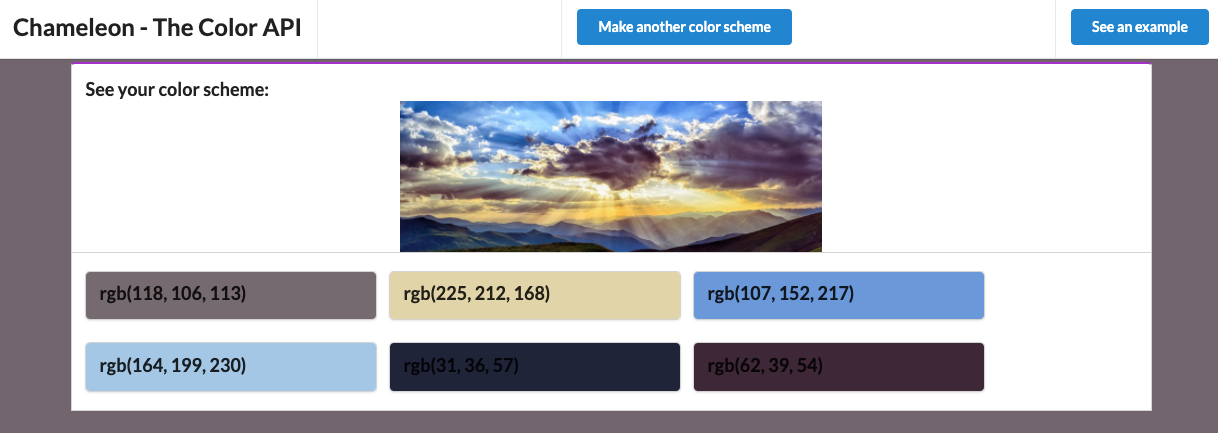This is the 8th project in my Twenty Projects in Twenty Days series! In this project, we’ll look at how to use Amazon Translate with Python using Boto3 and with Node.js using the AWS SDK for JavaScript. We’ll translate our first text in under 10 lines of code so let’s get started! You can copy the code from the GitHub repo here.
Adding SNS Event Destinations as Alerts for your Serverless Applications
Welcome to project 7 of my twenty projects in twenty days series series!
This project will look at an easy way to setup some failure notifications on your Lambda functions. When you’re trying to do this there are a lot of options. You can use CloudWatch Metrics and Alarms tied to SNS topics, CloudWatch Log Subscriptions, and a variety of other custom third party tools. But if you want a relatively simple way to get a log of failures in your inbox, you can hook your functions up with Event Destinations for failures.
Chameleon - The Color API
Today is project five in my Twenty Projects in Twenty Days series! Yesterday, I revisited Nandolytics which showed how to create a homemade analytics service. Today, we’re looking at the latest version of my Chameleon Color Scheme API. This idea has been brewing since the first version I made several years ago. To see what we’re building today, check out the live demo for yourself here! Here’s what it looks like:

Doing this allows us to use a host of AWS services including Lambda, DynamoDB, API Gateway, S3 and more! Let’s take a look now!
Developing Express.js-based Serverless Framework APIs
Today is the third installment of my Twenty Projects in Twenty Days series! We’ll be following up from yesterday’s post on creating a serverless Flask API on AWS by doing the same thing with Node.js and Express.js!
We’ll be using Express.js, Amazon Web Services, and the Serverless Framework to create a survey API to manage the same three entities as yesterday:
- Customers
- Surveys
- Survey Responses
We’ll also be using the same data storage architecture as last time by using an Amazon DynamoDB table. Similarly, we’re keeping around the same Amazon API Gateway and AWS Lambda architecture. So let’s get to it!
Developing Flask-based Serverless Framework APIs
It’s day 2 of my Twenty Projects in Twenty Days series! Let’s look at how we can create a simple API using Python, the Flask Microframework, Amazon Web Services, and the Serverless Framework. This API will help us to manage three different entities:
- Customers
- Surveys
- Responses (to the surveys)
We’ll be storing all this data inside of an Amazon DynamoDB table, making the API endpoints accessible with the Amazon API Gateway, and using AWS Lambda to interact with the DynamoDB table and manage our entities.




